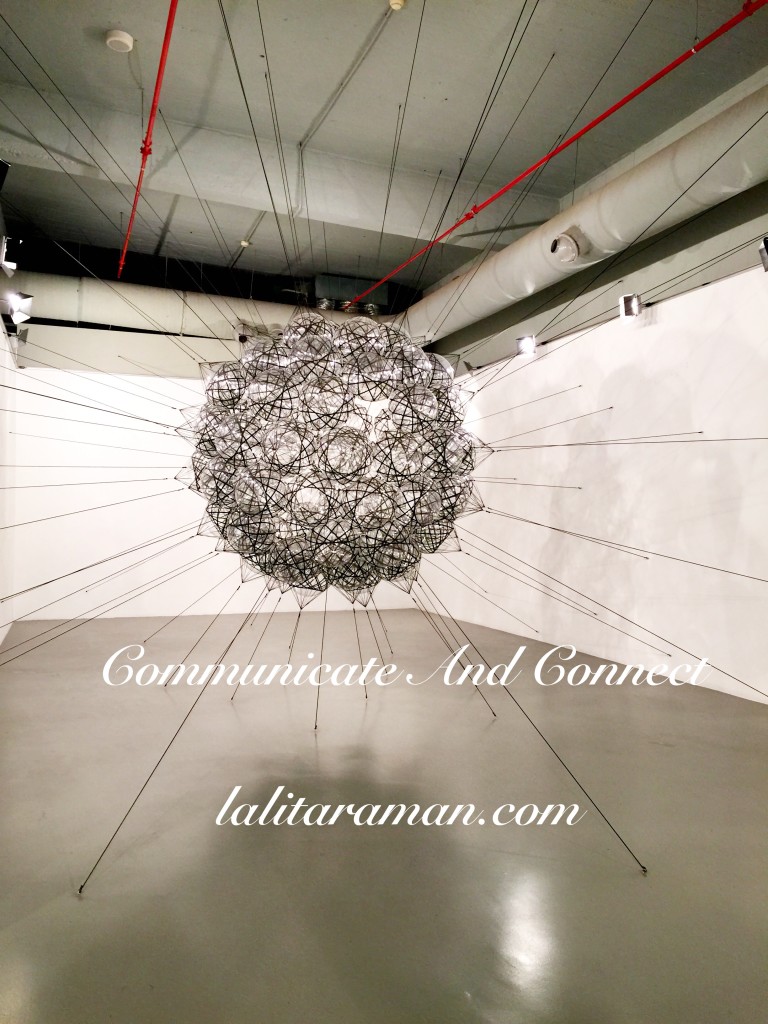As an entrepreneur and freelance consultant, I envision and strive to connect with my clients and grow my business and reach.
Growing my business and its reach is also a challenge, I need to face and overcome on a daily basis, and on some days I tend to procrastinate on better or improved ways to do it. I ask myself as to where I can grow and do better and thus push myself beyond my comfort zone.
Whilst I enjoy coaching, facilitating, speaking and designing workshops and preparing content for it, there are other activities that I usually tend to put away. Activities such as networking, finding clients who will benefit from coaching, writing my book (work in process), though I enjoy, I tend to push it away to either a later time or even worse, to a later day.
I think this happens because many times, my brain doesn’t see the immediate reward and thus it triggers various emotions such as self-criticizing, judgment, frustration and self-doubt.
Many clients whom I coach face a common barrier in time management and procrastination. Their barriers could result from lack of motivation, being a victim to “The Tyranny of the Urgent”, or not being committed to what they want to achieve.
⇒How do you motivate yourself to take that next step?
⇒What can you do to manage your time in a day better?
⇒What are some of the reasons for not feeling a sense of urgency to accomplish a goal?
⇒How driven are you by your list of things to do? Are you able to see the link between what you need to do in order to get what you want?
⇒How are you managing your conflicting emotions and thus your brain to move forward and not procrastinate?
What strategies can you use to give you that adrenalin to “Just Do It”?
1. Use of words
What words are you using with respect to the activity that you are procrastinating on?
Is it necessity words like should be/do, must do, have to do, ought to, Or
probability words like could do, can do, may do, I will try, I might be able to Or
possibility words like I want to, I love to, I like to, will do
2. Feelings
Once you have Identified the words you use to activities which you tend to drag your feet on, ask yourself what feelings do those words generate in you? What emotions do those feelings generate? What do you do with those emotions? Do you get into a critical mood or a self-pity mode? How is that helping you? Acknowledge your feelings and emotions and what are some of the ways you can best manage that.
3. The Past
On activities that you have procrastinated on, in the past, what changed for you to get it done? How did you motivate yourself? What words did you use? Did you seek guidance or advise from a friend or mentor?
4. The “Why”
Ask yourself what is the purpose of what you are doing? Linking to the why I do what I do helps me to continue my journey towards achieving my goal and vision though I may not be necessarily motivated with each and every aspect of that path.
5. Manage
We are emotional beings and it is not possible to live without emotions nor suppress them. What we can do is to manage our emotions. Find the why, small rewards that keeps me going, taking a break, asking what is in that activity that triggers the emotions are some of the ways I find it useful to manage my procrastination. Writing down your ideal day and your day as is will help you identify the gaps and help you overcome them. Whose help or what resources do you need to give you that boost to move forward?
6. Mindfulness
We think we multitask. Science has proved that our brains cannot multi task. Two activities that require us to use our executive center of the brain, The Pre-Frontal Cortex, cannot be done at the same time. When we engage in multitasking, we overwhelm our brain and that results in lack of focus and thus in not delivering the desired results.
What strategies have you adopted to get over procrastination?
How do you motivate yourself to do the tasks which are necessary but you may not be excited about?
Let’s connect to continue the conversation.
Co Author of the Book “Energize Your Leadership” Buy Now











